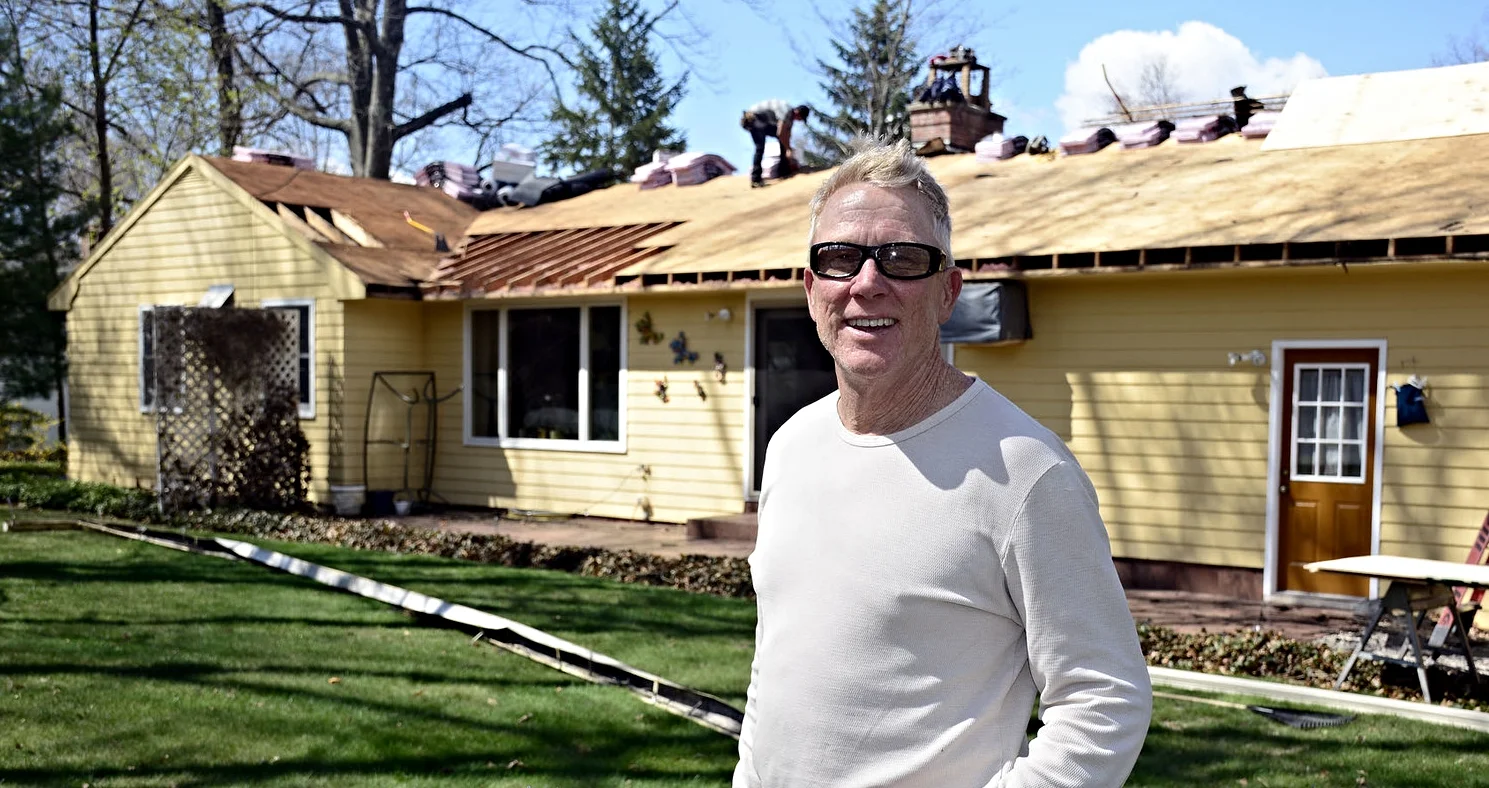What To Do About Warped Siding
Chelsea O'Donnell
With Father’s Day happening this weekend and grills getting fired up all over the neighborhood, it’s a great time to talk about one of the most misunderstood siding issues I hear about: warped vinyl. Every summer, readers ask me why their siding looks “wrinkled,” even when it’s brand new. They usually blame the sun, the heat, or the frigid Connecticut winters. But here’s the kicker: warped siding isn’t a weather problem. It’s an installation problem.
The technical term for that unsightly ripple effect is “oil canning” or “stress buckling,” and it’s almost always the result of improper installation, not Mother Nature.
Vinyl siding is a fan favorite because it’s durable, low-maintenance, and looks great. But even the best-looking siding won’t hold up if it’s not put on right. Homes are built with natural materials like wood that expand and contract with the seasons. Siding needs to move with those changes. If it’s nailed too tightly, it can’t “breathe,” and that’s when it starts to buckle and warp.
Here’s another common mistake: overlapping the panels too much. It might seem like extra overlap equals extra strength, but it actually traps the siding, making it stretch and buckle when temperatures shift.
Now, back to that burning question: can the sun warp your siding? Not really. But there is one backyard culprit I’ve seen cause some serious damage: your grill. If you’re planning a Father’s Day cookout, do your siding a favor and keep that gas grill a good distance from the house. That seared steak isn’t worth melted siding.
Unfortunately, once siding starts to oil can, it needs to be replaced. Since the issue stems from how it was installed, the manufacturer’s warranty typically won’t cover it. And if your siding is a few years old, getting an exact color match might be tricky.
Bottom line: this is a job that requires know-how. Whether you’re hiring a pro or going the DIY route, make sure proper installation techniques are followed. You don’t want your home’s exterior to look like a wavy potato chip.
How to Find the Right Expert for the Job
If you’re not up for a DIY siding install (and really, who wants to spend Father’s Day up on a ladder?), here are a few quick tips to help you find a reliable contractor:
Ask for experience specifically with vinyl siding. Not all siding is the same, and vinyl has its quirks. Make sure they’ve got a solid track record.
Check references and reviews. Past customers are your best source of truth. Look for red flags like frequent callbacks or mention of warped siding.
Make sure they’re licensed and insured. This protects you in case anything goes sideways, literally or figuratively.
Ask about manufacturer certification. Some siding brands certify installers. This can improve your odds of proper installation and preserve the warranty.
Get everything in writing. A detailed proposal should include materials, labor, timeline, and cost. If they can’t provide it, walk away.
Bob O’Donnell is the owner of O’Donnell Bros. Inc., a Bristol-based home improvement company established in 1975. Got a question for Bob? Email it to info@odonnellbros.com with the subject line “Ask the Pro.” Your question may be featured in a future column. For remodeling help, call O’Donnell Bros. at (860) 589-5155 or visit http://www.odonnellbros.com. Advice is for guidance only.
